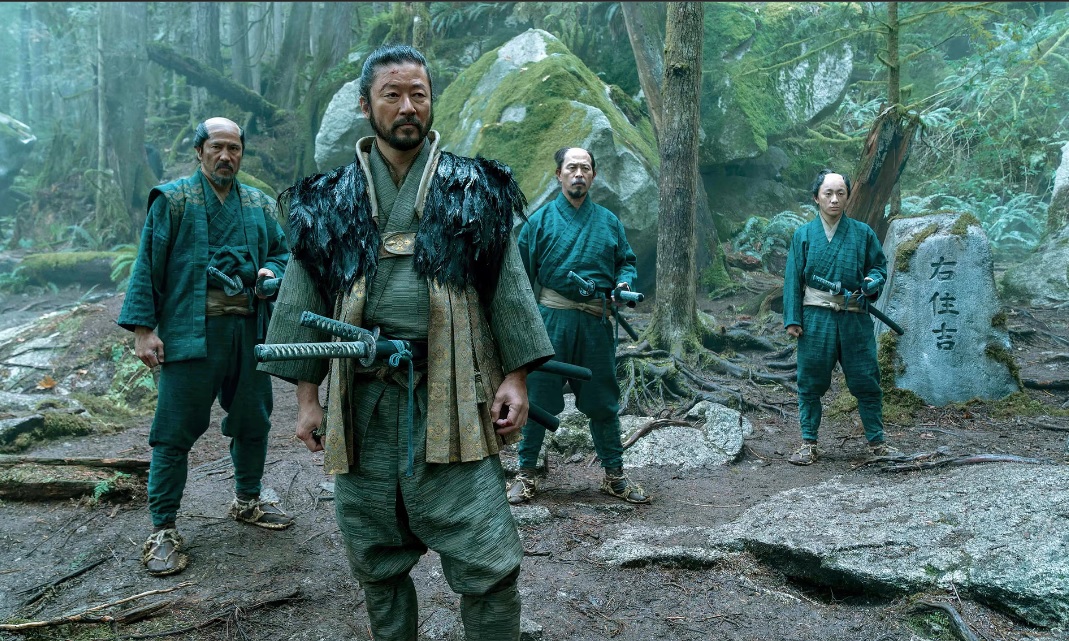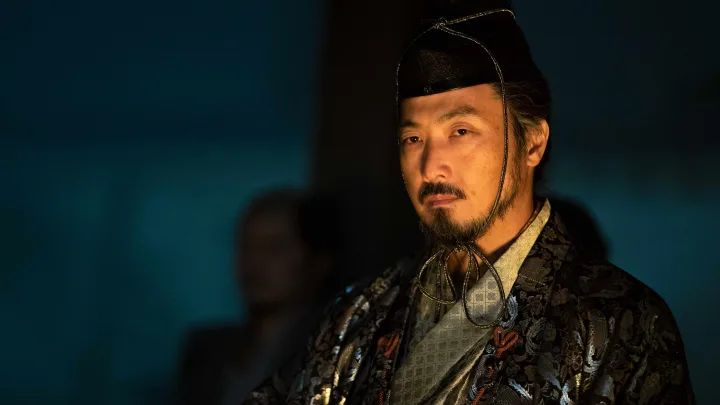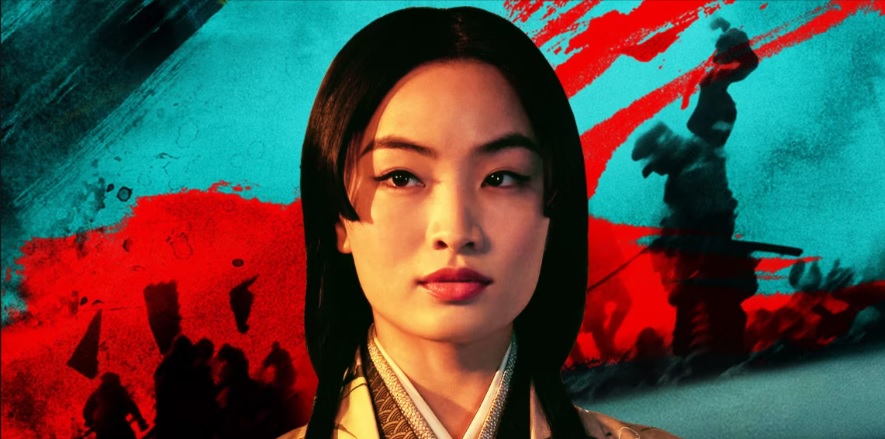Disney’s Shōgun breaks mould with careful respect for Japanese culture
High-budget series with largely Japanese cast avoids well-worn western orientalist fantasies and wins plaudits in Japan

Tadanobu Asano as Kashigi Yabushige in a scene from Shōgun. Photograph: Katie Yu/ÁP
Japanese audiences could have been forgiven for bracing themselves when Disney announced Shōgun, a 10-part adaptation of James Clavell’s classic 1975 novel.
With few exceptions, Hollywood depictions of Japan and the Japanese have relied on one-dimensional characters whose purpose is to confirm cultural stereotypes, set against the backdrop of an inscrutable archipelago whose people have much to learn from the western hero.

But Shōgun, whose first two episodes aired this week, appears to have broken the mould, with FX’s high-budget series winning plaudits in Japan not only for its lavish production values and illustrious Japanese cast, but also its respect for the smallest details of the country’s culture and politics.
In echoes of previous Japan-themed productions – such as Lost in Translation and Mr Baseball – Shōgun draws heavily on the east meets west narrative, this time via the arrival of the shipwrecked Englishman John Blackthorne (Cosmo Jarvis), whose character is based on the real-life adventurer William “Anjin” Adams.
But where a 1980 miniseries starring Richard Chamberlain and Toshiro Mifune was told largely through Blackthorne’s eyes, this new series elevates the Japanese daimyo’s role via a critically applauded performance from the acclaimed actor and martial artist Hiroyuki Sanada.
The inclusion of Sanada, who plays Lord Yoshii Toranaga (based on the real-life Tokugawa Ieyasu), has piqued interest among viewers in Japan. “Once I started watching it, I couldn’t stop,” one Japanese viewer wrote on X. “I was overwhelmed for the first time in a while.”
If Clavell’s novel was “blue eyes watching Japan”, the series put on “Japanese lenses”, Sanada said shortly before the first episodes aired.
Speaking to reporters in Tokyo this week, the actor, who doubled as producer, said he believed Shōgun was “a great story to introduce our culture to the world, so I tried to make it as authentic as possible”.
Set in 1600 during the real-life Sengoku [warring states] period, its focus is as much on the battle for control of a country on the brink of 250 years of official isolation as the role of Blackthorne, an observer turned political pawn.
To ensure no aesthetic or cultural howlers crept in, specialists were hired to cast a critical eye over everything from the language of early 17th-century Japan to the tying of obi kimono belts and the procedural intricacies of the tea ceremony.
Screen portrayals of Japan and the Japanese have come some way since Sean Connery’s “yellowface” in the 1967 Bond film You Only Live Twice and Mickey Rooney’s improbably nearsighted, buck-toothed photographer IY Yunioshi in Breakfast at Tiffany’s.
Those that followed continued to portray western orientalist fantasies such as the tall foreigner/diminutive Japanese dynamic in the 2003 film Lost In Translation, a film in which a sex worker repeatedly urges Bill Murray’s character to “lip [sic] my stockings”.
Two years later, the film adaptation of Arthur Golden’s 1997 novel Memoirs of a Geisha did little to challenge the industry’s fetishisation of Asian women, with one critic likening a dance by one of the traditional performers on a 1930s Kyoto stage to “a Los Angeles strip show”.
Mark Schilling, a Tokyo-based film critic who worked as a script adviser on The Last Samurai, said he was encouraged by the Shōgun producers’ decision to “respect Japanese culture and do everything possible to make the show true to the actualities of the time, place and people, from the dialogue to the costumes”.
“This gives me a good feeling about its chances for success in the Japanese market, where the first Shōgun series, which was pitched exclusively at a non-Japanese audience, failed so spectacularly,” he said.

Justin Marks, who co-created the series with his wife, the writer Rachel Kondo, said every effort had been made to avoid the “white saviour” trap that had ensnared previous western depictions of Japan.
The cast and crew were guided, he said this week, by “this idea that if we’re going to do a story about east meets west … we needed to find a new language, about what mistakes have we made in our cultural past over the last several decades when trying to represent Japan. We felt that we wanted to be very careful and very respectful.”
Anna Sawai, the New Zealand-born Japanese actor who plays Lady Toda Mariko, a noblewoman and Christian convert, described the series as “the first truly authentic and accurate [portrayal] of our history, culture and people”.
Sawai said: “I’ve felt that Asian women … Japanese women have been boxed into playing the sexy lady or the submissive lady or the one that does action. I wanted to see more depth, and I think Mariko really shows the inner struggles of Japanese women and what roots us … a different kind of strength that has never really been shown in western media.”





